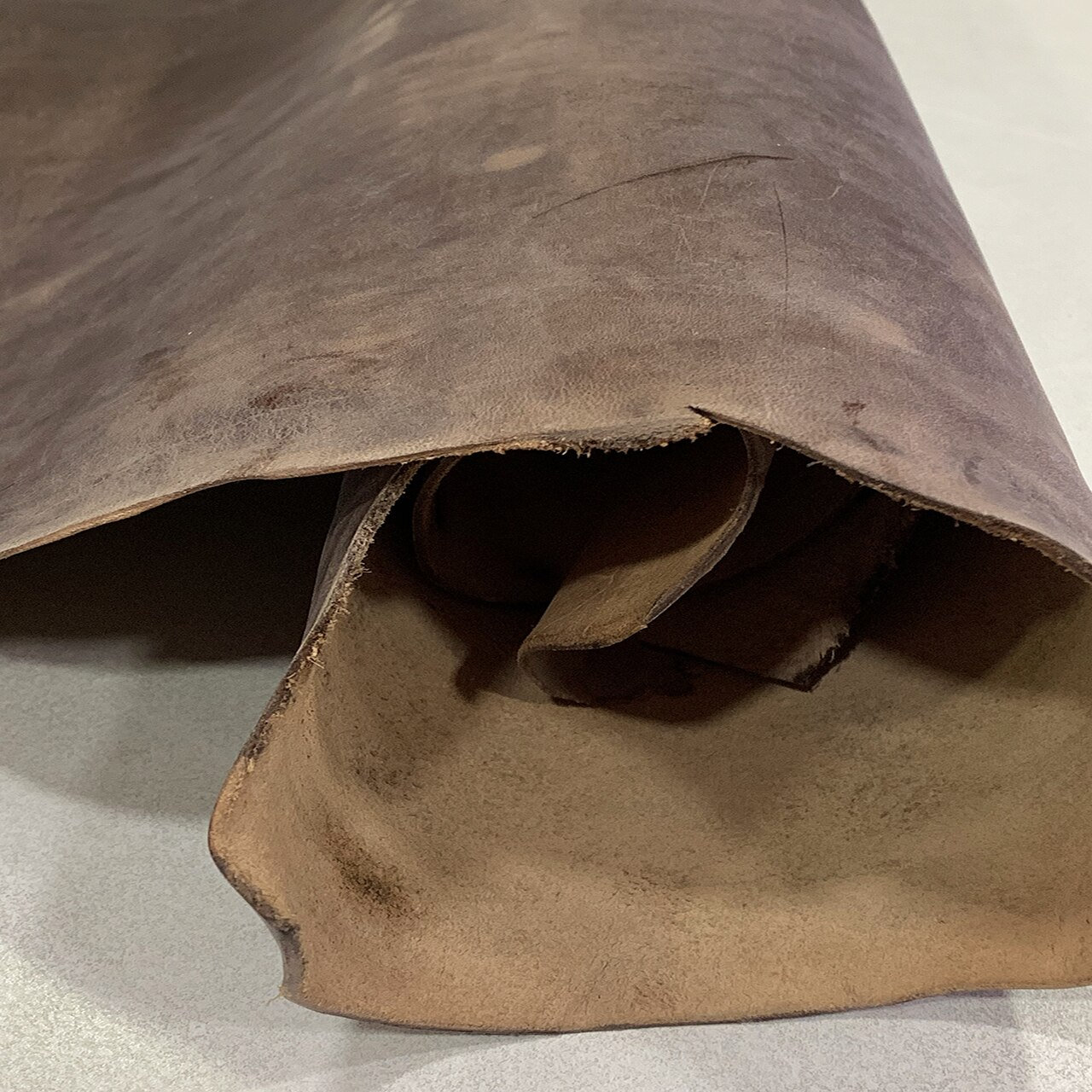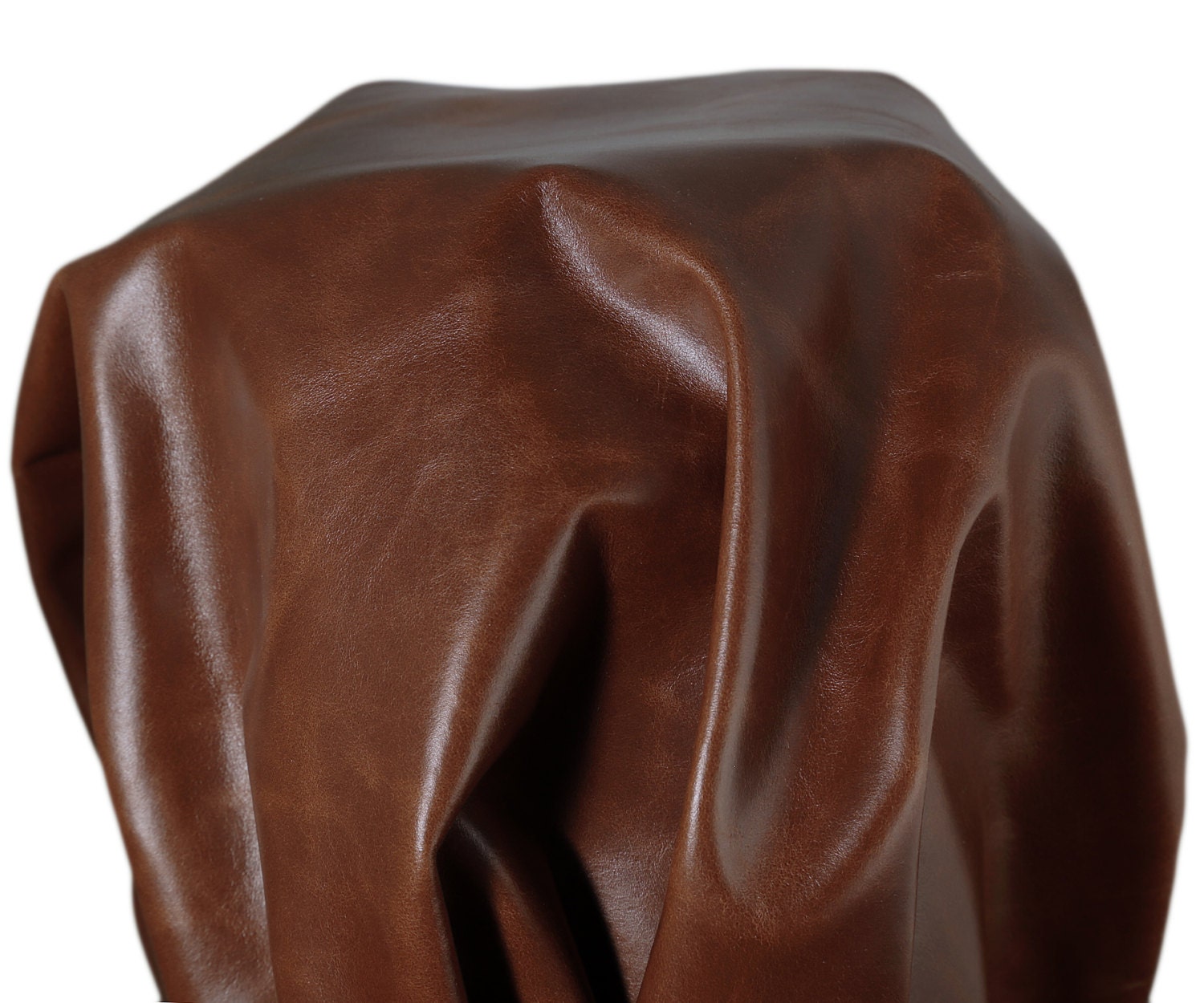
#Tanning cow hides for boots crack#
The fibers in the horse’s rear are more compressed than in steer hide, which is one reason Shell Cordovan doesn’t crack or crease. Let’s talk about the benefits of horsehide. Lastly, Florezian bootmaker Mario Bemer crafted the stunning Brando with whiskey colored horsefront. Rider Boot Co makes the Fritz with Horween’s horsefronts that have undergone a glazing process similarly to Shell Cordovan. You could call them Whole Horsehide Chromexcel Semi-Cordovan.

Using the front of the horsehide is not their only noteworthy trait they are also tanned exactly like Chromexcel leather, and then put in Horween’s Cordovan pits for 30 days. Viberg’s Service Boot Crust Horsehide was the first whole horsehide boot made in the company’s over 100-year history. They are traditionally used in jackets, wallets, card holders and other leather products that benefit from strong and thin material. “Horsefronts” are lightweight and have a great tensile strength but are a bit too thin for footwear. The front of the hide is relatively thin, so durability becomes an issue.

These complicated and time-consuming processes increase the price. Veg tanning, hot stuffing or both are the best ways to penetrate deep into the thick hide producing a durable and even color. The thickness and weight also can lead to a stiff leather if not tanned and dyed properly.Ī lot of horsehide is vegetable tanned, chrome tanned, or Cordovan. The thickness or weight of the strip can fluctuate on the same hide. Positioned between to the horse’s front and the shells, or “north of cordovan,” the strips are odd-shaped pieces of leather. You’ll find a lot written about Shell Cordovan, you won’t find much written about the shell’s tougher and thicker neighbor the strip. But typically, if the shells are used, the manufacturer will mention it because they are a prized material.

This could mean strips like the Chromexcel Horsebutt, the shells, or the strips and shells. You’ll often find boot material labelled as horsebutt. An average adult horse only has about 6 square feet of “shell worthy” hide. You’d be lucky to produce two pairs of boots from the shells of a single horse. The strips are positioned just a little further to the front of the hide, around the ribs. The shells, which originate from the fibrous connective tissue under the hide on the horse’s rump - hence “horsebutt” - are mainly used to make Shell Cordovan, a famously expensive leather that famously does not crease over time. Alden Perforated Captoe boot in Ravello Shell Cordovan Shells Two sections, the shells and the strips, are the most common parts of the hide for making boots. Horsehide typically becomes three separate products: the horsefront, the strip and shells. Fewer people are eating horses and not much of the hide is suitable for mass-producing boots. Horsehide is often more expensive than similarly treated cowhide. Think Shell Cordovan or the famous horsebutt Viberg Service Boots. Boots made from horsehide can be expensive.


 0 kommentar(er)
0 kommentar(er)
